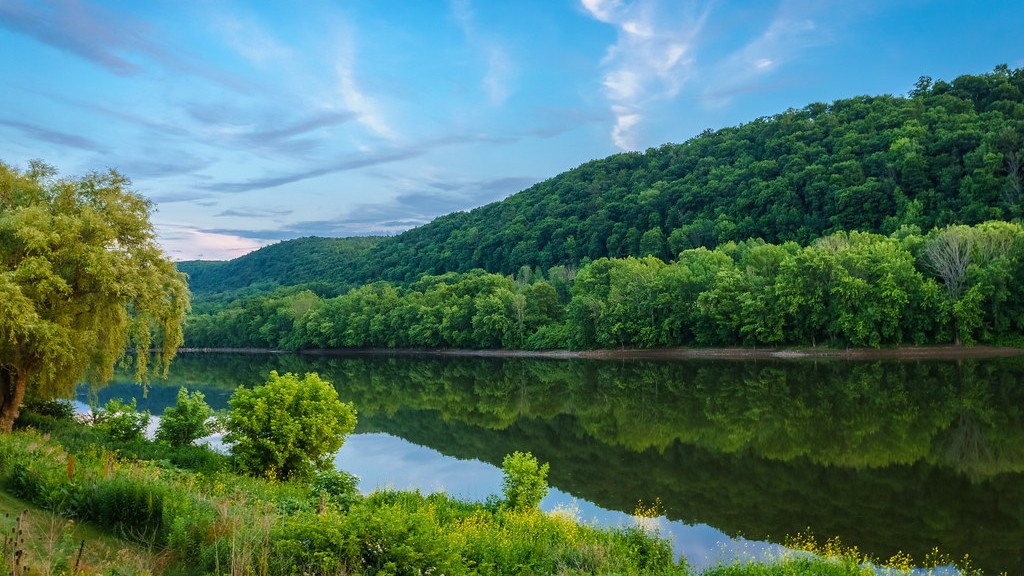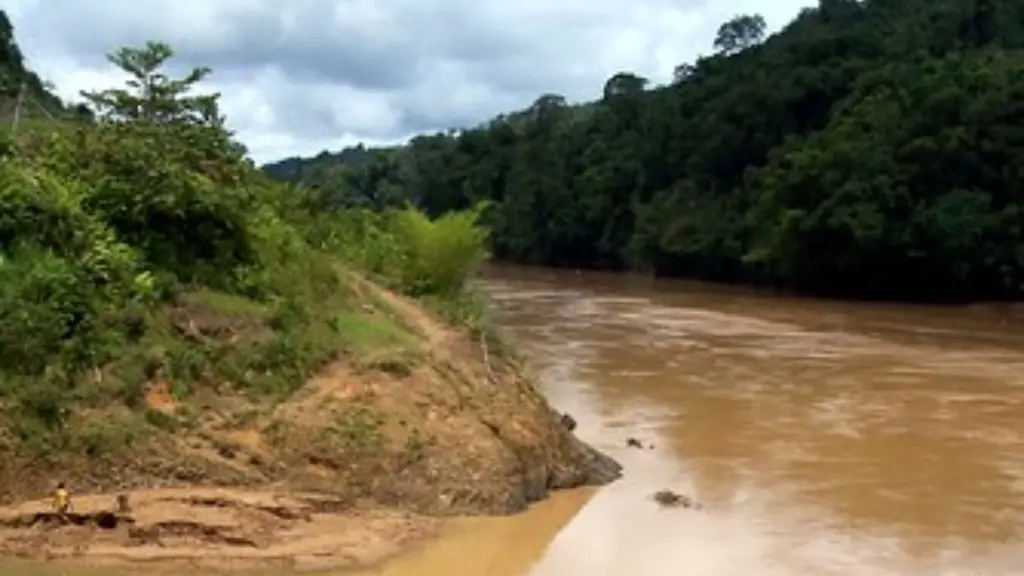Could a single river truly define the soul of a civilization, shaping its destiny across millennia? The Ganges, or Ganga, stands as a testament to this very notion, its waters coursing through the heart of South Asia and leaving an indelible mark on its people.
For thousands of years, the Ganges has been far more than just a waterway; it's been the lifeblood of a civilization, a sacred entity, and a vital economic artery. Revered by Hindus as the goddess Ganga, its waters are believed to cleanse the soul and offer spiritual renewal. Its journey, from the icy heights of the Himalayas to the fertile plains and the vast delta of the Bay of Bengal, is a story of geography, culture, and the enduring power of nature.
| Feature | Details |
|---|---|
| Countries Flowing Through | India, Bangladesh, Nepal |
| Length | Approximately 2,525 kilometers (1,569 miles) |
| Source | Gangotri Glacier, Uttarakhand, India |
| Mouth | Bay of Bengal (via the Padma River in Bangladesh) |
| Basin Area | Approximately 1 million square kilometers |
| Population Supported | Over 600 million people |
| Major Tributaries | Yamuna, Kosi, Gandaki, Brahmaputra, Meghna |
| Cultural Significance | Sacred to Hindus; associated with purification and spiritual renewal; site of major religious festivals. |
| Economic Importance | Supports agriculture, fishing, transportation, and tourism in India, Bangladesh, and Nepal. |
| Environmental Challenges | Pollution, deforestation, climate change, and erosion |
| Other Names | Ganga (India), Padma (Bangladesh) |
The Ganges' story begins in the majestic Himalayas, specifically at the Gangotri Glacier in the Indian state of Uttarakhand. Here, at an altitude of over 4,000 meters, the river emerges as the Bhagirathi, one of the primary headstreams. As it flows, it gathers strength and volume, joined by numerous tributaries that swell its flow, transforming it into the mighty Ganges we recognize today.
The river's journey unfolds in distinct stages. Initially, it carves its way through the rugged Himalayan terrain, a ribbon of turquoise winding through the mountains. Then, it descends into the plains of North India, a vast and fertile expanse that sustains hundreds of millions of people. Here, the Ganges nourishes agricultural lands, supports thriving cities, and becomes a vital artery for transportation.
The Ganges' course is a narrative of geographical diversity. From its origin in the snow-capped peaks of the Himalayas, it traverses through the hills, valleys, and finally, the expansive plains of India and Bangladesh. The river's basin, encompassing a staggering 1 million square kilometers, supports over 600 million people, a testament to its significance as a resource and a source of life.
The Ganges isn't a solitary entity; it's a complex network of waterways. Several tributaries feed into the main channel, each contributing to its flow and character. The Yamuna River, the largest tributary, converges with the Ganges at Allahabad (Prayagraj), creating a confluence of immense spiritual significance, a sacred site for Hindus. The Kosi River, originating in Nepal, adds to the river's complexity, known for its unpredictable behavior and the flooding it often brings. The Gandaki River, also originating in Nepal, contributes significantly to the Ganges's flow, further highlighting the intricate network of tributaries that sustains this major river system.
- Chickfila Food Truck Menu Your Guide To Chicken On Wheels
- Beef Liver For Hair Growth Does It Really Work
India is the heartland of the Ganges. It flows through several states, including Uttarakhand, Uttar Pradesh, Bihar, Jharkhand, and West Bengal. In these states, the river is more than just water; it's a deity, a symbol of purity and spiritual connection. Cities like Varanasi, Allahabad (Prayagraj), and Haridwar are centers of pilgrimage, drawing millions of devotees who seek to bathe in its waters, believing in the cleansing power of the Ganga.
The economic impact of the Ganges in India is profound. The fertile plains it traverses are the breadbasket of the nation, supporting agriculture and providing livelihoods for millions of farmers. The river also serves as a vital transportation route, facilitating the movement of goods and people. Fishing is a significant industry, and the river's waters support diverse aquatic life, including various species of fish that provide sustenance and economic opportunities.
As the Ganges enters Bangladesh, it takes on a new identity, the Padma River. It flows through the southwestern region of Bangladesh, eventually merging with the Brahmaputra and Meghna rivers. This confluence creates the Sundarbans, the world's largest mangrove forest and a UNESCO World Heritage Site. The Sundarbans is a unique ecosystem, a haven for diverse flora and fauna, including the iconic Bengal tiger.
The Padma River is a lifeline for Bangladesh. It provides irrigation for crops and supports the country's fishing industry. The river's fertile floodplain supports agriculture, including rice cultivation, and provides a habitat for various aquatic species. However, the Padma, like the Ganges elsewhere, faces environmental challenges, including pollution and erosion, which threaten the ecosystem and the livelihoods of those who depend on it.
Nepal plays an essential role in the Ganges River system. Several major tributaries originate in the Himalayas of Nepal, including the Kosi and Gandaki rivers. These rivers flow from the mountains, cascading down to India, eventually merging with the Ganges. These rivers are crucial for Nepal's economy, providing water for agriculture and generating hydroelectric power. However, the rivers originating in Nepal also bring challenges, such as flooding and sediment deposition in downstream areas.
The Ganges River is deeply embedded in the cultural identity of South Asia. In Hinduism, the river is revered as the goddess Ganga, who is believed to have descended from heaven to purify humanity. This religious reverence manifests in numerous ceremonies, rituals, and festivals that take place along the river's banks. The Kumbh Mela, a mass Hindu pilgrimage, attracts millions of pilgrims to the Ganges, making it one of the largest religious gatherings in the world.
Throughout art and literature, the Ganges is a symbol of life, purity, and renewal. Its waters are considered sacred, and a dip in the river is believed to wash away sins. The Ganges is also central to the region's mythology and folklore, reinforcing its cultural significance and the profound connection between the people and the river.
Despite its cultural and economic importance, the Ganges faces numerous environmental challenges. Pollution from industrial waste, agricultural runoff, and untreated sewage poses a significant threat to the river's ecosystem. Deforestation in the catchment area causes soil erosion and sedimentation, impacting the river's flow and water quality. Climate change exacerbates these issues, affecting water levels, rainfall patterns, and the overall health of the river.
The Namami Gange Programme is a significant initiative aimed at cleaning and conserving the Ganges. The program focuses on various measures, including reducing pollution, treating sewage, and promoting sustainable practices. However, the sheer scale of the challenges requires continuous effort and international cooperation to achieve lasting results. Despite the effort, pollution from industrial waste, agricultural runoff, and untreated sewage continues to affect the Ganges.
The Ganges River is a vital economic engine for India, Bangladesh, and Nepal. It supports diverse sectors, including agriculture, fishing, transportation, and tourism. The fertile plains along its banks are ideal for growing crops like rice, wheat, and sugarcane. The river's waters are home to fish and other aquatic species, providing food and livelihoods. Furthermore, the Ganges serves as a transportation route, enabling the movement of goods and people, and is a major source of tourism revenue for the region.
In recent years, there has been a growing emphasis on developing the Ganges as a waterway for trade and commerce. This initiative aims to boost the economies of the countries through which it flows, offering an efficient and cost-effective mode of transport. The potential for increased trade and commerce underscores the economic importance of preserving the river and its ecosystem.
The future of the Ganges depends on decisive action to address the environmental challenges it faces. Cleaning up pollution, managing resources sustainably, and mitigating the impacts of climate change are crucial steps towards securing its long-term survival. International cooperation among India, Bangladesh, and Nepal is also essential for effectively managing the river's resources. Joint initiatives to address pollution, flooding, and sedimentation can help protect the river's ecosystem and safeguard the communities that depend on it.
The Ganges River continues to play a vital role in the lives of millions in South Asia. Its future will require a collective effort to protect and preserve its legacy. It is a testament to the power of nature and the enduring connections between humans and the environment, a resource that demands our utmost care and attention.
- 9inch Pizza Your Guide To The Perfect Portion Flavor
- Discover Billings Montana Your Ultimate Guide To Adventure

